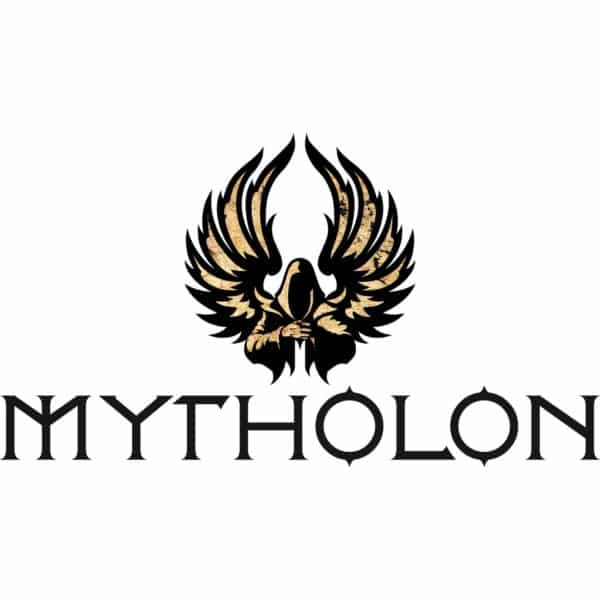In the spring of 1202, more than ten thousand Crusaders answered the Pope’s call to invade Egypt and retake the Holy Land once and for all. Within months, they had pillaged and burned the Catholic city of Zara, and were poised to undertake one of the all-time historical crimes: the sack of Constantinople. In Part 1, we saw how the expedition was commandeered by the Venetian merchants, who had taken Papal promises at face value, and how the Crusaders were more than happy with the opportunity of plunder and spoils. In this concluding part, we will see how the return of a Crusader leader with a new ally and a boatload of impossible promises will result in catastrophe for the Byzantine Empire, ending a thousand-year thread from the Roman Empire to the sack of Constantinople.
The charismatic Boniface of Montferrat had left the Crusade before the sack of Zara (probably with half an eye on the Pope’s predictable ire), and he had gone to visit relatives in Germany. Whilst there, he met a distant relative-by-marriage of his, a dispossessed Byzantine prince named Alexios Angelos, whose father Isaac had briefly been one of the dizzying array of warring Byzantine Emperors of the past decade – the current Emperor, Alexios’ uncle, had blinded Isaac and stolen the throne for himself. Knowing that Boniface was (at least nominally) leader of more than ten thousand Crusaders-for-hire, Alexios made a Boniface staggering offer: overthrow my evil uncle and place me on the throne, and I’ll give you ten thousand Byzantine warriors and twenty galleys so you can retake the Holy Land, I’ll pay for the maintenance of five hundred of your knights whilst they’re there, I’ll pay off any of your remaining debt to the Venetians, and you can have 200,000 silver marks from the Imperial coffers for your trouble.
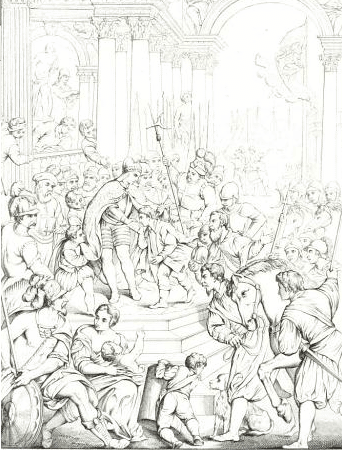
Now – if that all sounds too good to be true, it’s because it is. As we shall see, the Byzantine treasury had been emptied by successive profligate Emperors, the navy had all been sold off (down to the nails, if you remember). And Boniface, being a shrewd politician whose relatives in the East had probably told him all sorts of tales about poisoned wine and admirals holding yard sales, almost certainly knew that Alexios’ promises were all hot air. It’s always fascinating to try to glean the inner workings of individuals of the past: was Boniface genuinely hoping to get Byzantine support for an invasion of the Levant? Or was he just using Alexios as a pretext for another cash grab? In any case, Boniface and Alexios travelled to Rome to seek Papal blessing for this new direction for the Fourth Crusade – but they were given an icy reception. Some sources even relay that Boniface was specifically told that in no circumstances were they to attack more Christians, including the Byzantines.
The Byzantines had split from Roman Catholicism in the East-West Schism of 1054 CE, with their own Patriarch who was (and still is) head of the Eastern Orthodox Church. But far from considering the Byzantines heretics, the Catholic Church always sought friendly relations with the Byzantines with half an eye on bringing Rome and Byzantium back into communion with one another. So any attack on the Byzantines by an official Crusade would be absolutely disastrous to that end. Spoiler: the Pope isn’t going to be best pleased with what happens next.
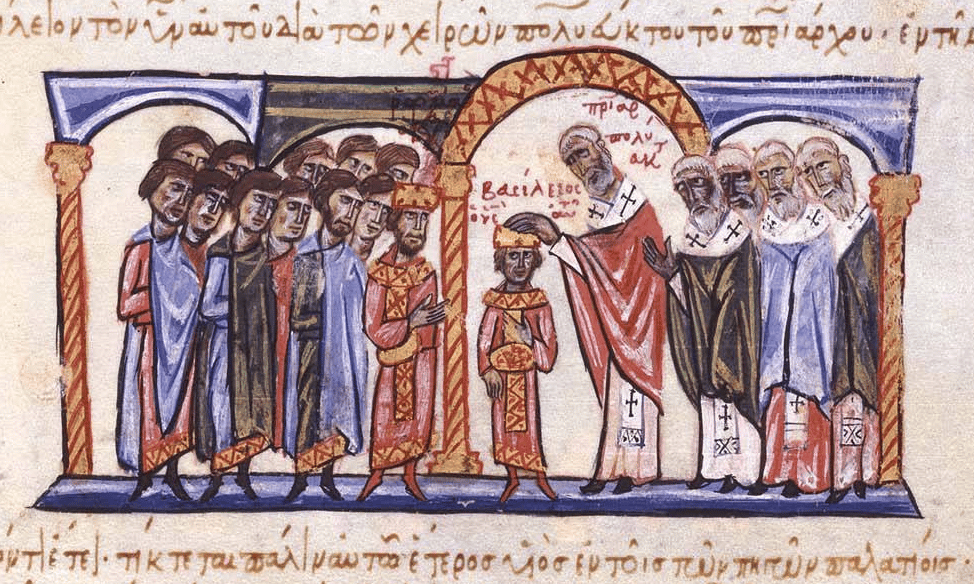
But a trifling disagreement with God’s representative on Earth wasn’t going to put Boniface off. Returning to the Crusaders in the ruins of Zara without Papal blessing but with his new buddy Alexios, Boniface laid the new plan in front of the Venetians and Crusaders: we put Alexios on the Byzantine throne, he gives us a ton of silver and troops, happily ever after. Doge Dandolo, by now the de facto leader of the ‘Crusade’, was all in favor – eyeing another fleet-load of loot and the further weakening of their only rival in the Eastern Mediterranean, knocking over Byzantium seemed like a capital idea.
Probably knowing that he was directly countermanding a Papal order, Boniface persuaded Alexios to make more outrageous promises: that he would end the East-West Schism, putting the Patriarch of Byzantium back in communion with Rome. Again, such a religious volte-face would be near-certain political suicide for the wannabe-Emperor, but those were details that could be worked out when the Crusaders were rolling in stolen Islamic silver in Jerusalem. Or Cairo. Or wherever it was they were meant to be going. At hearing their leaders’ intent to divert the Crusade once again to attack more Christians, another contingent of Crusaders split from the main force and made their own way east – one can imagine them exclaiming ‘Well, I can countenance murdering Christian Croatians, but I draw the line at ending the Roman Empire!’.
And so, with a Byzantine prince and a ton of stolen Adriatic silver, the Crusaders and their Venetian paymasters sailed up the Dardanelles Strait and into the Byzantine Sea of Marmara more-or-less unopposed (if only they’d not sold off all their boats!), and, after the Byzantine armies collapsed following a handful of skirmishes, the Crusaders laid siege to Constantinopolis, the shining golden inheritor of the Roman Empire. The City was defended by a motley garrison led by the usurper-Emperor: as well as the armed citizenry, the main Byzantine fighting force was the infamous Varangian Guard. These blonde-bearded, light-skinned, blue-eyed fighters were predominantly English and Danish mercenaries, the second sons of Viking kings and Anglo-Saxon refugees sworn to serve the Emperor until death. Far from welcoming the Emperor’s nephew as a liberator, sources resort that the citizens made insults and lewd gestures at the Venetian navy from the walls – one wonders if the penny began to drop for the Crusaders that this wasn’t going to turn out quite so smoothly?
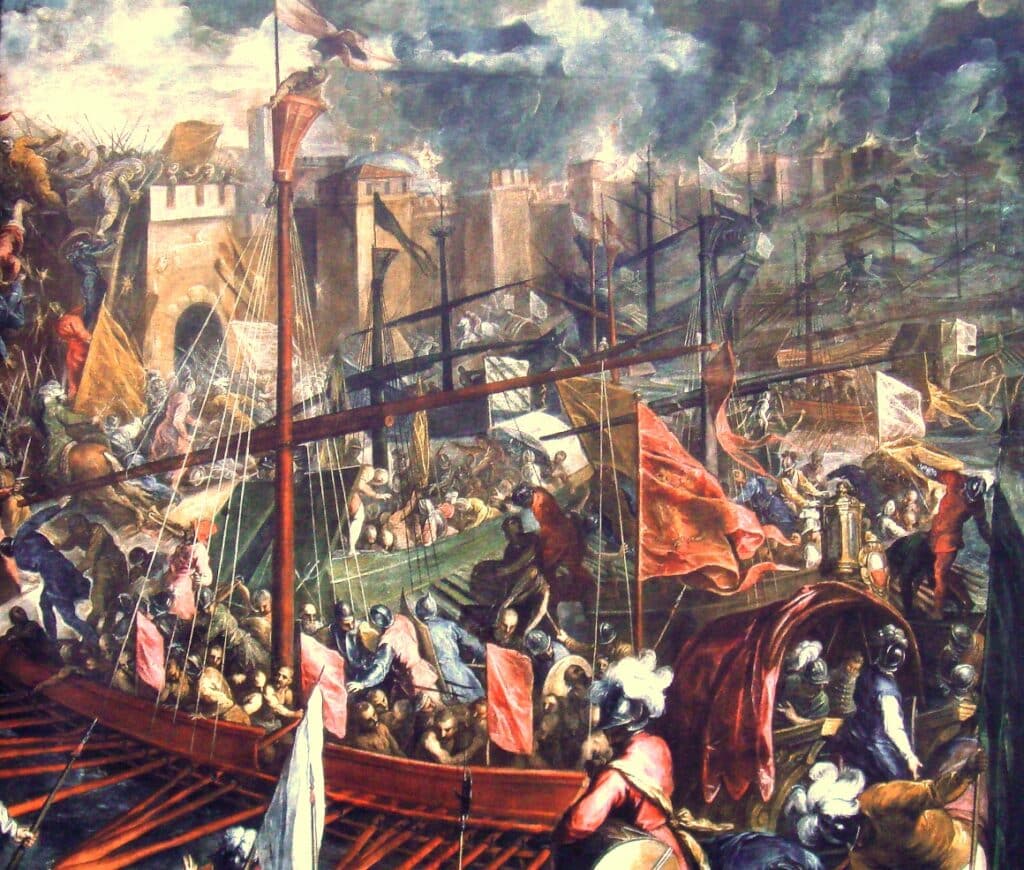
Throughout July and August, the Venetian navy made repeated amphibious attacks against the Byzantine sea-walls, searching for a foothold, whilst the Crusaders launched siege engines and mounted assaults against the Theodosian Walls, the enormous fortifications that had protected Constantinopolis from barbarian invasions for eight hundred years. After one fierce assault from the sea which temporarily took the sea walls, fire spread throughout the city, making tens of thousands homeless. Prince Alexios’s uncle finally took his forces through the walls to meet the Crusaders in open battle – but the historical sources all agree that his courage failed, and he returned to the city without a fight.
This was the final straw for the demoralized defenders, and to avoid the aforementioned poisoned-wine-party, the broken Emperor fled the city under cover of darkness. In his place, the Byzantines chose their new Emperor – the infirm and blinded Isaac, Prince Alexios’s father, (one might infer that they were desperate for anyone but the Crusader lapdog). This was a little awkward for the Crusaders, who had successfully deposed the usurper-Emperor, but who risked not fulfilling their end of the bargain – and they threatened to continue the siege unless Alexios was named as co-Emperor. These terms were finally met on 1st August 1203, and the new co-Emperor promptly opened the gates to the Crusaders.
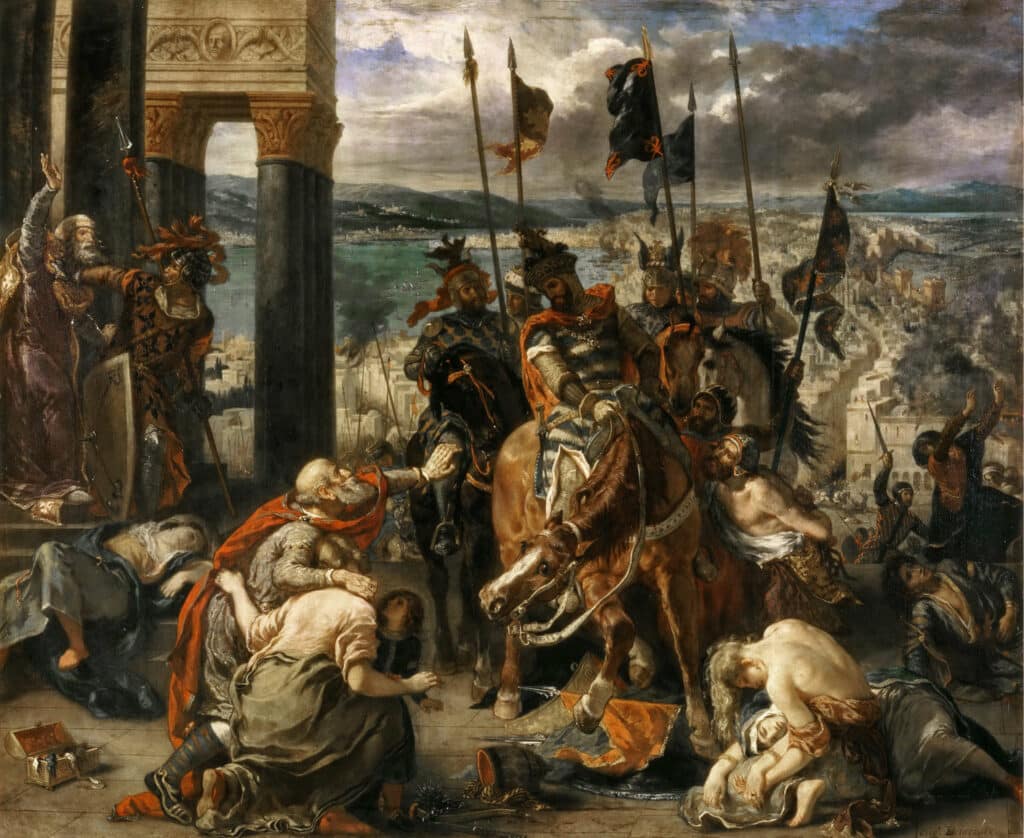
Even though the City had been badly ravaged during the fighting, as the Crusaders entered its enormous gates, they must still have been awestruck. Over the preceding centuries, Byzantium had become a repository for the collected wealth of the Classical world, enormous amounts of art and material wealth having been moved there to avoid the rampaging barbarians in Western Europe. Millenium-old marble statues, ancient frescoes and mosaics filled every palace and residence – if you ignored the burnt bits and the thousands of starving, homeless Byzantines everywhere. A hated, imposed Emperor of a dispossessed and hungry populace, a ton of rapacious ‘Crusaders’ fresh off sacking their way across the Mediterranean, and the riches of the Ancients – all together in one city? It’ll all work out, surely.
Young Emperor Alexios IV Angelos wasn’t off to a great start. His predecessors had already emptied most of the imperial treasury for parties and wine (mostly not poisoned), and his uncle had apparently made off with the last remaining wealth in the vaults – a sum which he would put to good use pretty quickly. After some very awkward conversations with the Venetians and Crusaders in which Alexios had to admit that he was flat broke, Alexios determined that his only choice was to shake-down his people for their riches to pay off his new ‘friends’. One can only guess that the Crusaders were finally glad to be on the creditor-side of the equation. Alexios forcibly took whatever metallic wealth his people had, including melting down church icons and silverware – a craven act of cultural and religious desecration which utterly disgusted the city’s inhabitants – but even then he was only able to raise about half of what he owed to the Crusaders. The Crusaders extended Alexios another six months (whilst tapping their sundials ominously) – but he was quickly distracted by news from the provinces: his uncle had used the wealth he had snuck out of the city to raise a new army. The Crusaders apparently said ‘not my problem, guv’, and Alexios left the city to deal with the uprising – his blind and infirm father having to manage the city in his absence. Unsurprisingly, the unsupervised Franks and the shaken-down populace were immediately at loggerheads, and the resulting riots caused more fires, and more homeless Byzantines. To cap it all, poor old Isaac died – surprisingly, of natural causes, one of the few relatively peaceful ends in this story.
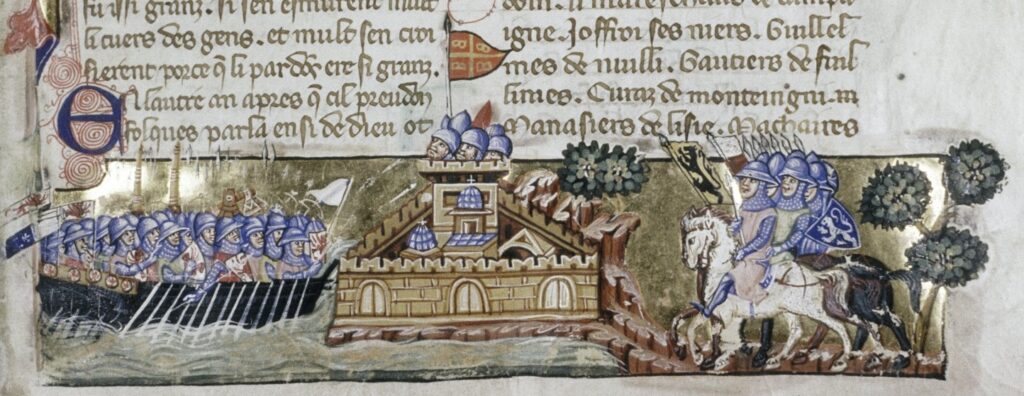
Clearly, things were totally untenable for the local populace, who had mounted a valiant defense against the Crusaders, only to be betrayed by turncoats and weak Emperors. In a last hurrah, the Byzantine Senate elected one of their own as Emperor to kick out the Crusaders for good. As soon as hapless Alexios returned from putting down his uncle’s insurrection, he was unceremoniously arrested, and strangled. Evicted from the city and back on their ships, the Crusaders were mulling what to do next – when another letter from the Pope arrived (I imagine, written in ALL CAPS), telling the Crusaders to cease and desist immediately from attacking Christians. Fearing the unity of the expedition was again at stake, the Crusader leaders and the Pope’s own representatives conspired to have this letter suppressed – again.
It was time to go for broke: their ploy to install their pet Byzantine Emperor had failed, and so all bets were off. Launching a final series of ferocious assault against the walls in early April 1204 CE, the Crusaders overcame the fearsome Varangian Guard, who considered this far above their pay grade and surrendered. Leaping from the Venetian ships onto the sea-walls, tearing the land-walls down to permit their comrades to follow, the Crusaders flooded into the city and, throwing off every last vow they had ever made, began the Sack of Constantinople.
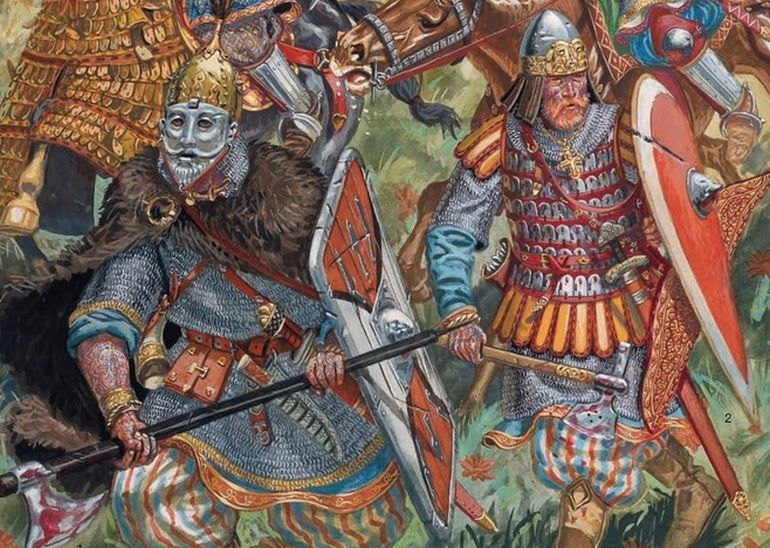
When one asks ‘What event happened during the Fourth Crusade?’, the answer is ‘the sack of Constantinople’. The brutality of the Crusaders seems shocking to us now, in our comparatively genteel and stable existences, but even to contemporaries it was utterly bewildering and senseless. No modern description can fully encompass the horror of 10,000 armed men ransacking for valuables, assaulting nuns and priests, and other unspeakable crimes. The Crusaders were far from disorganized: they systematically targeted Byzantine holy sites, taking whatever valuables were left after Alexios’ shakedown: churches, monasteries and convents. The bronze horses which now grace St Mark’s Basilica in Venice were taken from the Constantinopolitan Hippodrome.
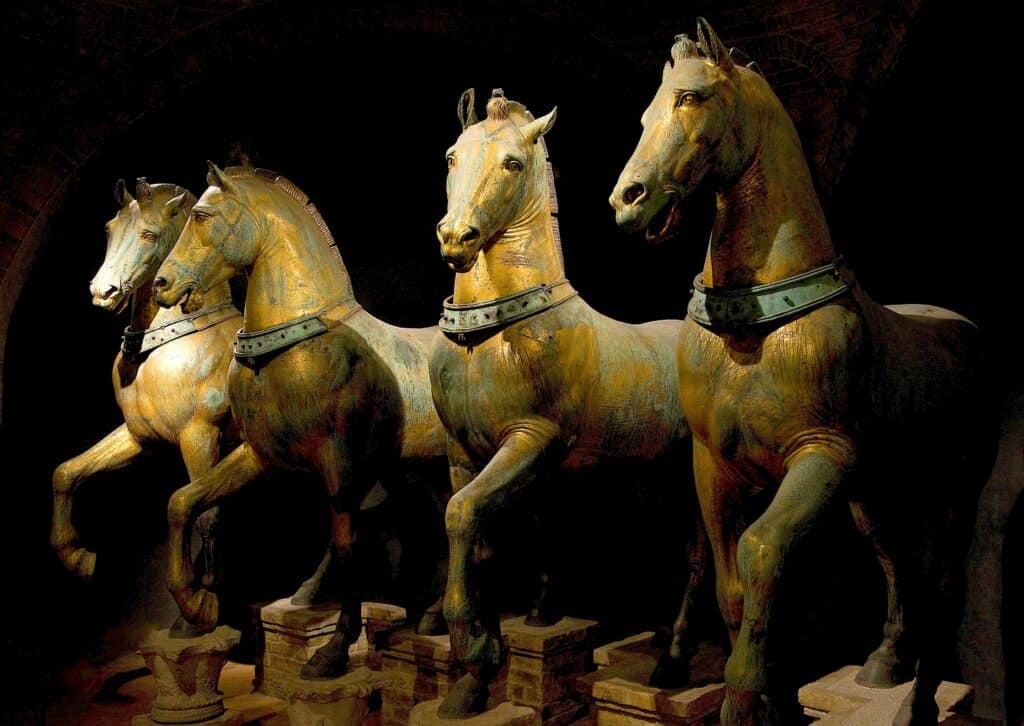
But untold numbers of works were not saved; they were merely broken up for scrap. Some of the worst looting was undertaken at the Hagia Sophia, one of the ancient wonders of the world and the heart of Orthodox Christianity. It was witnessed firsthand by the Byzantine historian Niketas Choniates, who recounts the systematic looting in horrifically vivid language:
“When the sacred vases and utensils of unsurpassable art and grace and rare material… were to be borne away as booty, mules and saddled horses were led to the very sanctuary of the temple. Some of these which were unable to keep their footing on the splendid and slippery pavement, were stabbed when they fell, so that the sacred pavement was polluted with blood and filth… They snatched the precious reliquaries, thrust into their bosoms the ornaments which these contained, and used the broken remnants for pans and drinking cups.”
In total, it is estimated that the Crusaders looted a little under a million silver marks (a staggering 50,000 lbs of silver): 150,000 marks for the Venetian debt, 50,000 officially for the Crusaders, and the rest stolen and secreted by the knights themselves. The city was terrorized for three whole days before the Crusader leaders (who directly participated in and encouraged the looting) regained control. It is recorded that when Pope Innocent III heard of the violence, destruction and desecration of Byzantium, he was overcome with horror and shame. One can imagine a choked sob echoing around the Romanesque halls of the Vatican.
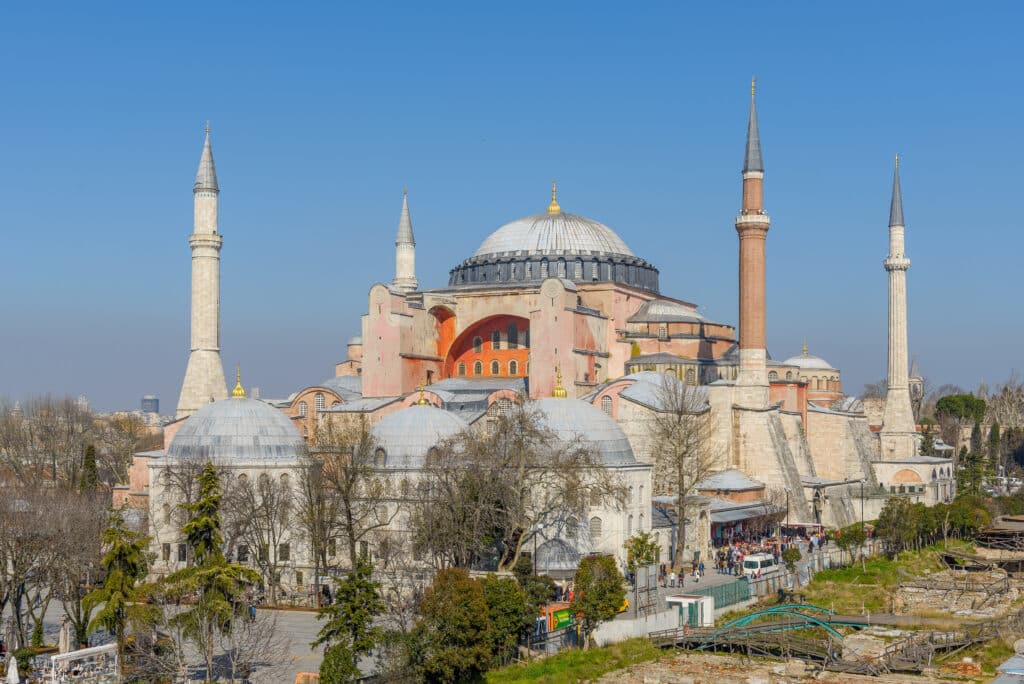
In case one might be tempted to absolve the Crusader leaders of the Crusade, or to proclaim that this is simply what armies in war do, we can demonstrate their full complicity in this monumental historical crime: it was a fait accompli. When the sack of Constantinople had ended, the Crusaders produced a treaty that they had secretly concluded amongst themselves, partitioning the Byzantine Empire between them. Baldwin of Flanders was to be the new Emperor – not of the Byzantine Empire, but of the ‘Imperium Constantinopolitanum’ (‘Empire of Constantinople’): a new feudal Crusader state in all but name. He was crowned in the descrated hall of the Hagia Sophia. Boniface, finding his star waning behind Baldwin and the Venetians, was to be allocated a Kingdom in Thessalonika. The Venetians would be allocated three-eights of the former Empire – becoming by far the pre-eminent power in the Eastern Mediterranean. As if to underline this dramatic shift in power, the Doge was awarded (or more accurately, awarded himself) a new title for the occasion: Dominator quartae et dimidiae partis totius Romaniae (‘Dominator of a quarter-and-a-half-quarter of All of the Lands of the Romans’). The remaining Byzantine lands were parcelled up between the lesser Crusader nobles. At a stroke, the Crusaders – who had travelled to Venice in order to destroy the Ayyubid Empire, had instead forsaken their vows and ended another Empire in disgrace: the Eastern Roman Empire.
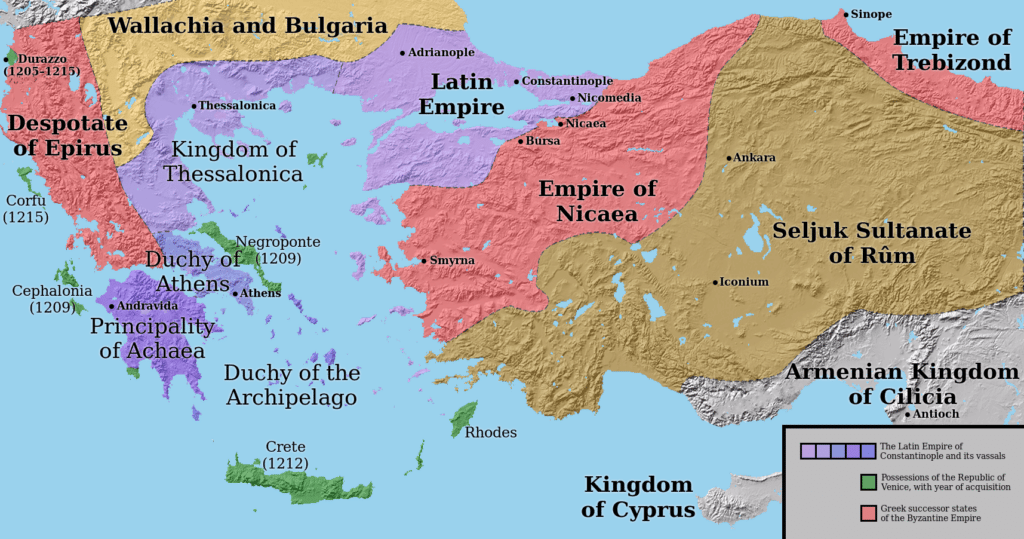
So – what happened during the Fourth Crusade? We can see how direct Papal involvement in the planning of the Crusade led to the creation of a fleet that was far larger than it needed to be, threatening bankruptcy of the Venetians. Rather than finding some other means to pay the debt, the Venetians more-or-less commandeered the assembled Crusaders, and turned them into a mercenary force with which to pay the debt. The Pope’s emmisarries, at crucial junctures, facilitated this arrangement, suppressing information and enabling the worst impulses of the Crusader knights. The Crusaders allowed themselves to be wowed by Alexios’ sparkly promises. (Although the phrase ‘Beware of Greeks bearing gifts’ comes from the Odyssey and the famous Trojan Horse, it seems equally aposite here!) And finally, the crisis of Byzantine politics caused by the Crusader assault on the city resulted in Crusaders simply doing what Medieval knights do best: mass-scale aquisitive violence.
When viewed in the context of the wider Crusades and the Crusader states, we can see that the Fourth Crusade wasn’t really an exception: it was an extension of the same acquisitve violence that the Crusaders had practised against Muslim populaces in the East, but merely applied against Christians due to the logic of the situation. The handfuls of Crusaders who had left the main contingent and made their own way Eastward arrived in the Holy Land by dribs and drabs, mainly arriving at the port of Acre, one of the final remaining Crusader possessions. The city’s nominal King of Jerusalem in exile was quite reasonably unpersuaded to break truce with the Ayyubids for the sake of a few dozen extra knights- and so they dispersed, fighting in vain to stem the permanent reversal of all Crusader gains.
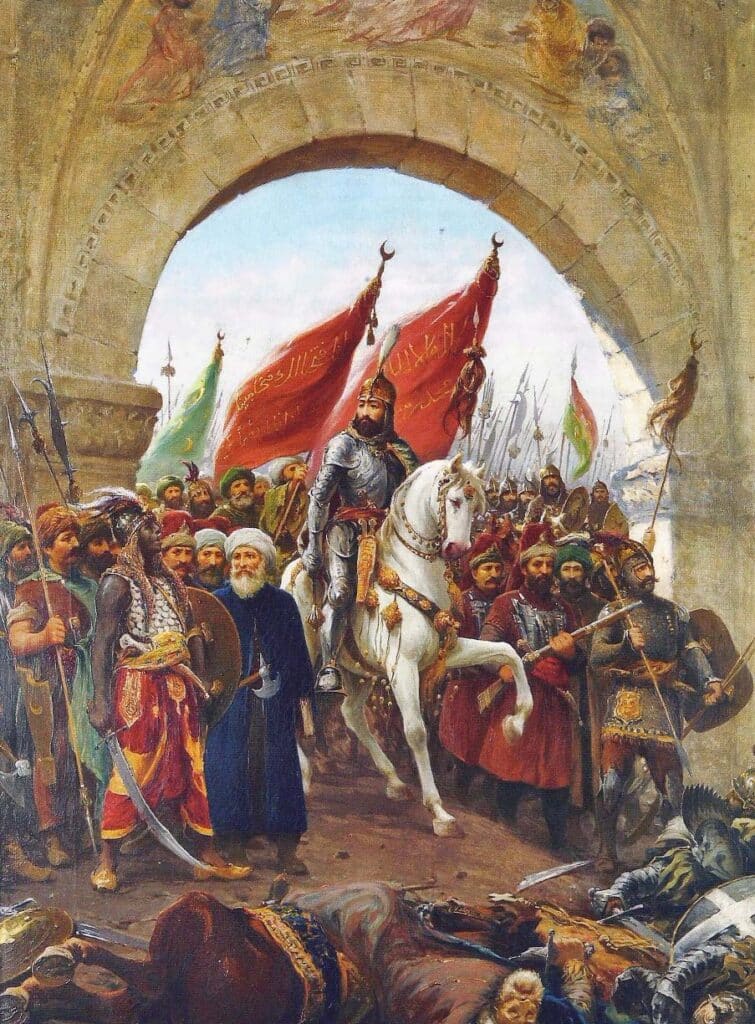
The Fourth Crusade, far from marking the revitalization of the Crusader ethos or the recapture of Jerusalem, marks instead the beginning of the end for the Byzantine Empire. The Latin Empire (what modern historians call Baldwin’s Crusader state in Byzantium) was not a durable state: dispossessed Byzantine elites fled to the edges of the Empire and raised the provinces in revolt, forming a series of continuity states and fighting a debilitating war of attrition against their new Frankish rulers. Eventually, Byzantium was recaptured by the Byzantines, the Latin Emperor was deposed, and the Frankokratia (‘rule by the Franks’) was formally ended in 1261 CE. But many of the Byzantine successor states would never be fully reincorporated back into central rule, and it would never again be able to project power outside of its own borders. The Empire remained fatally fragmented, and it crumbled in the face of the rising Ottoman Sultanate in the 15th century. Even the ad-hoc goals of the Crusaders, such as bringing Byzantium back into communion with Rome, were completely negated by the Franks’ brutal sack of Constantinople’s holiest sites. In the words of Innocent III, what hope was there of a reconciliation with Byzantium “when she has seen in the Latins only an example of perdition and the works of darkness, so that she now, and with reason, detests the Latins more than dogs”? The final Crusader state, the Kingdom of Jerusalem, was evicted from Acre in 1291 CE, unaided by Byzantium. Ultimately, instead of ending the Crusades once and for all, the Fourth Crusade made Islamic hegemony in the Levant inevitable.

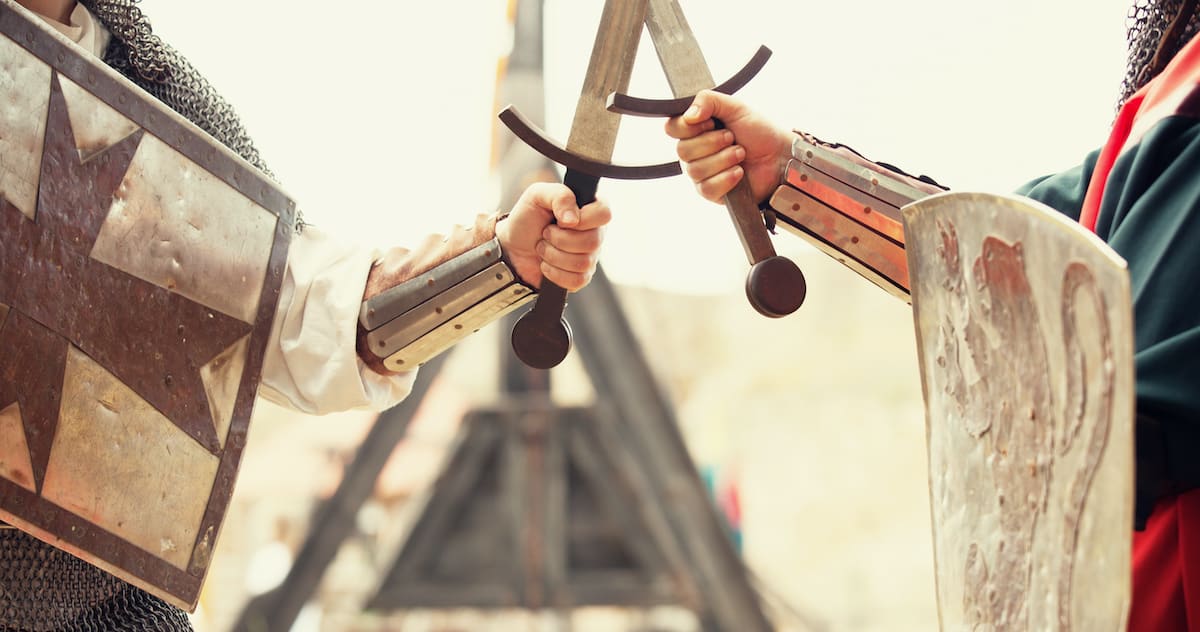 Historical Swords
Historical Swords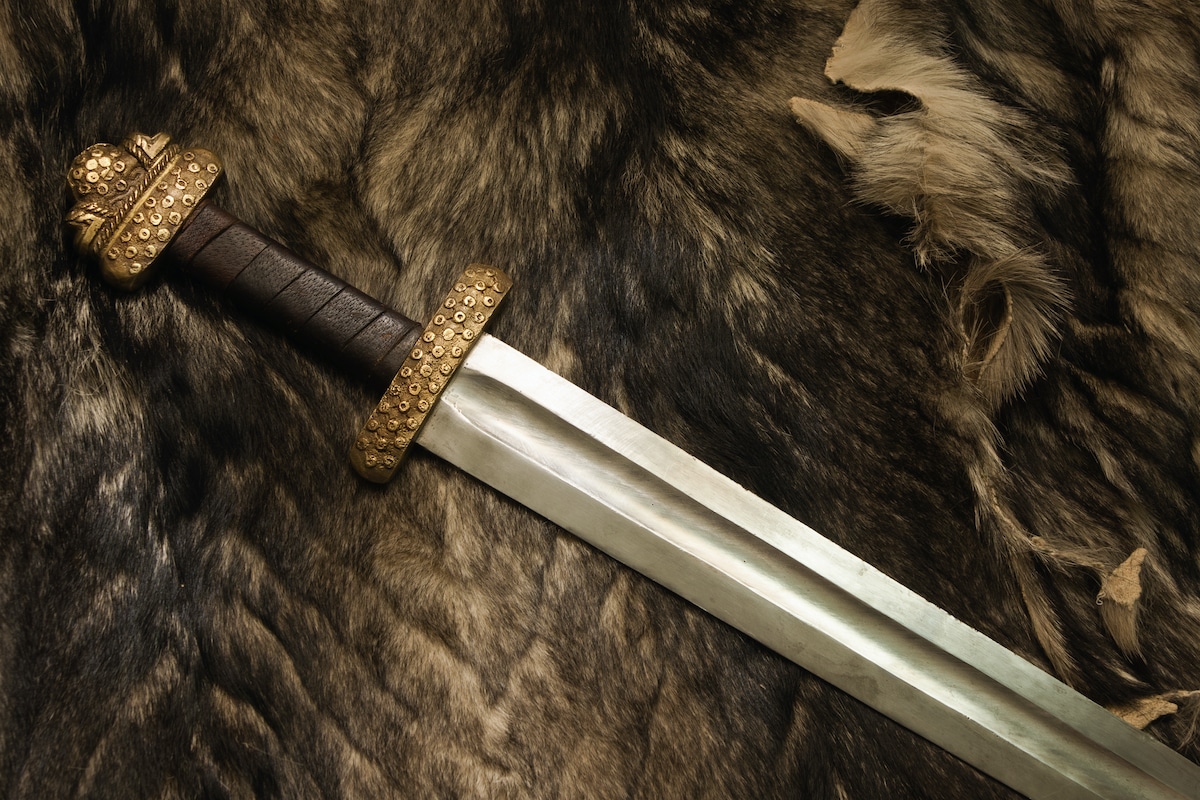 Norse & Viking Swords
Norse & Viking Swords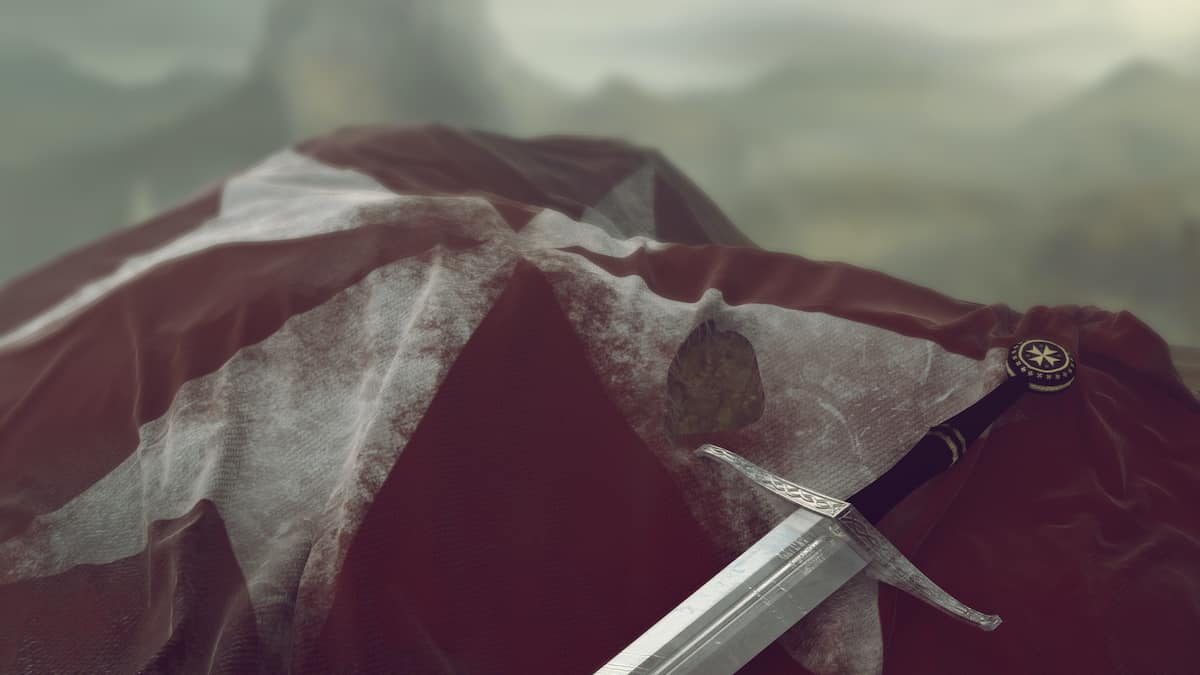 Templar Swords
Templar Swords Claymore Swords
Claymore Swords Fantasy Swords
Fantasy Swords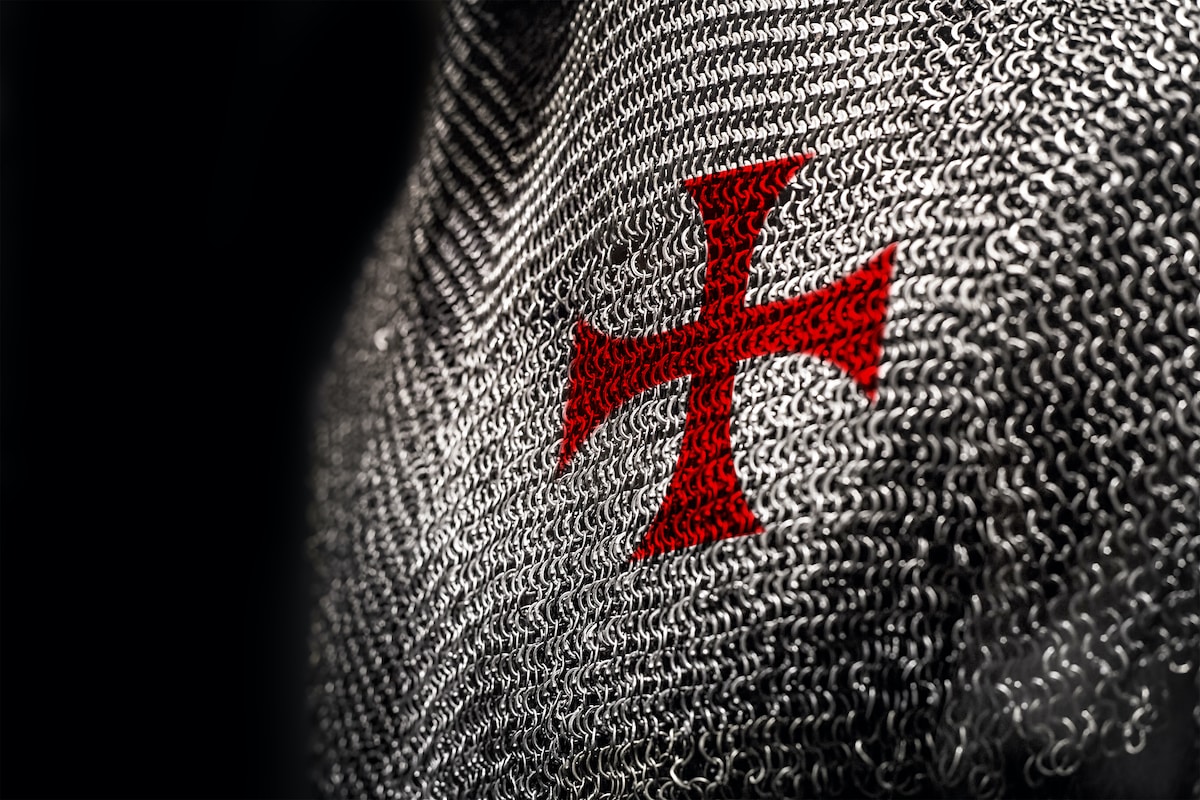 Chainmail
Chainmail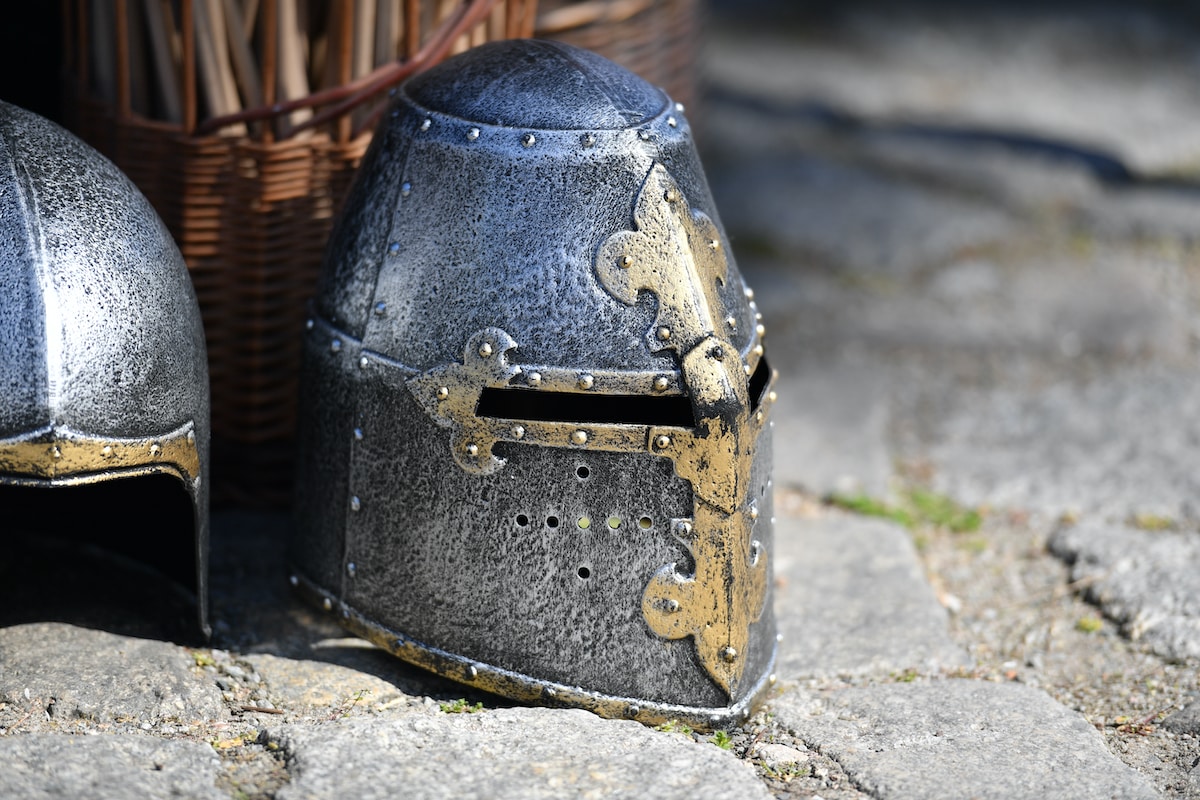 Helmets
Helmets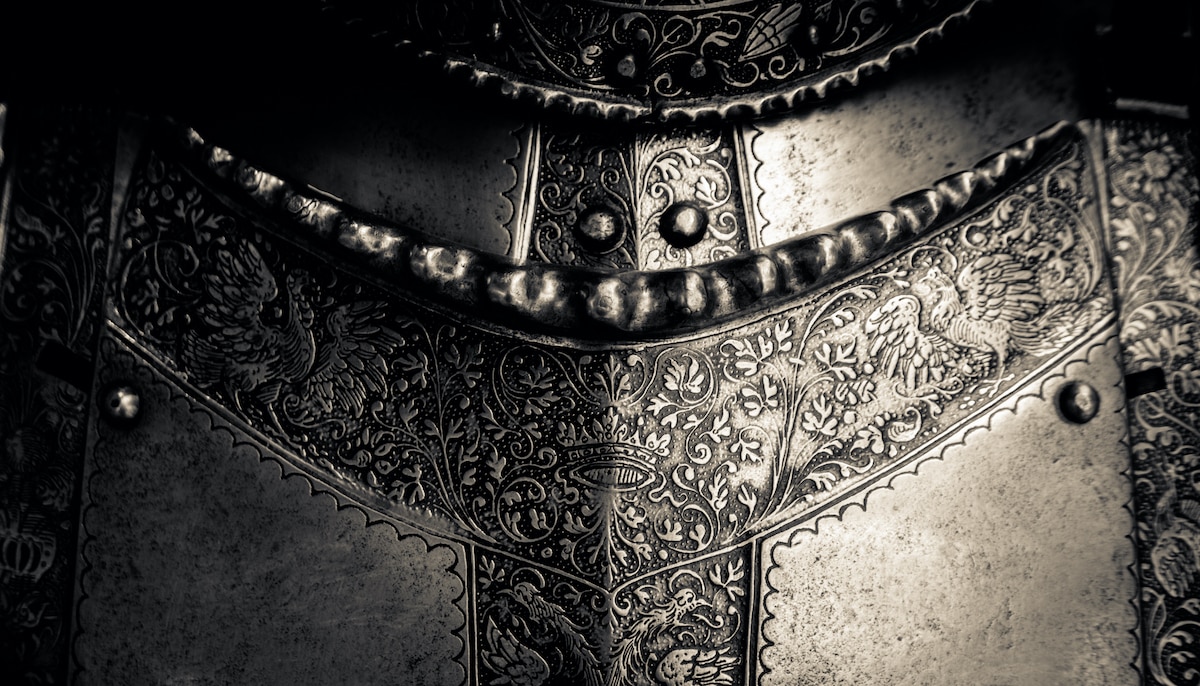 Torso Armor
Torso Armor Bracers and Arm Protection
Bracers and Arm Protection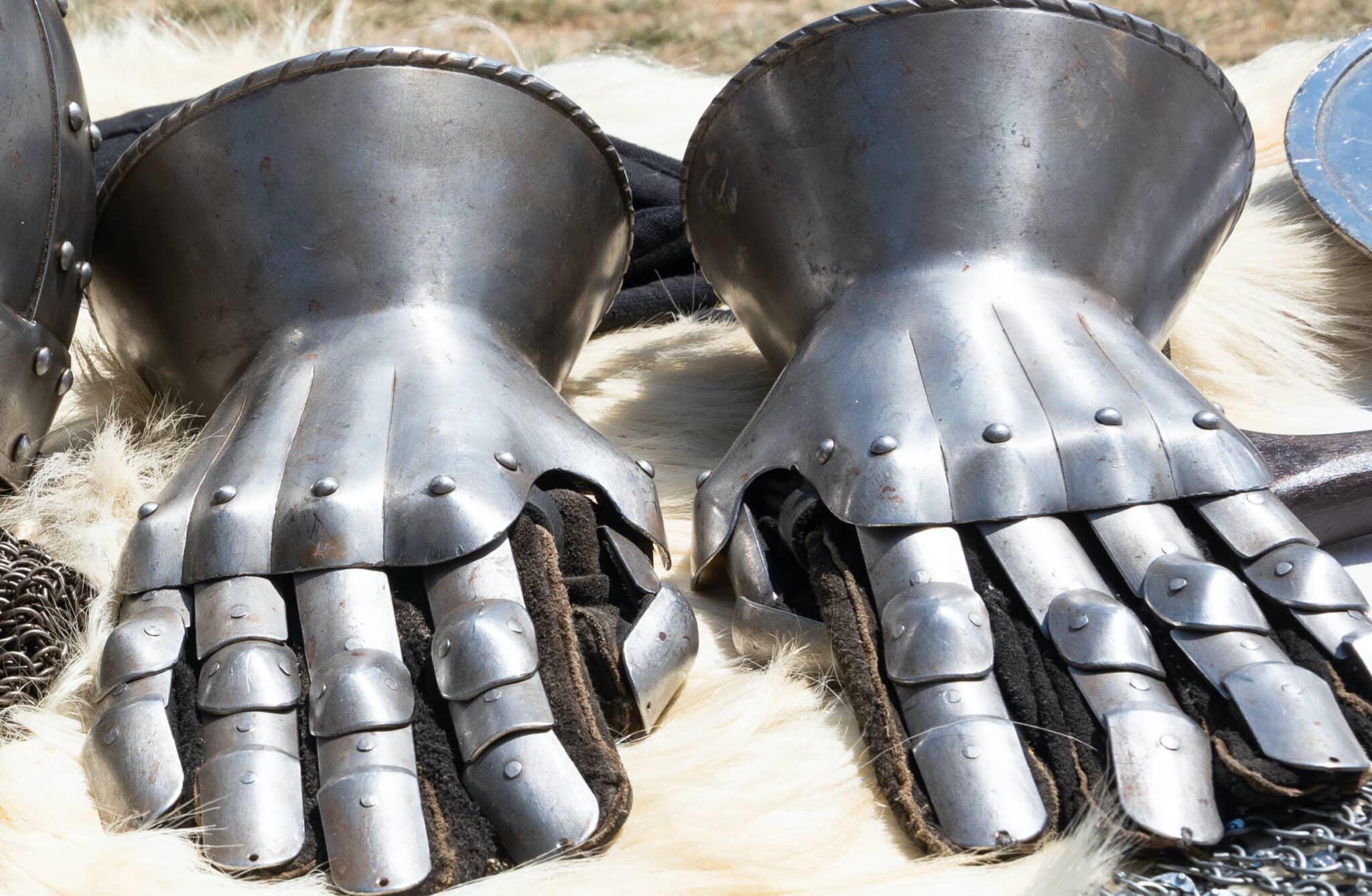 Gauntlets
Gauntlets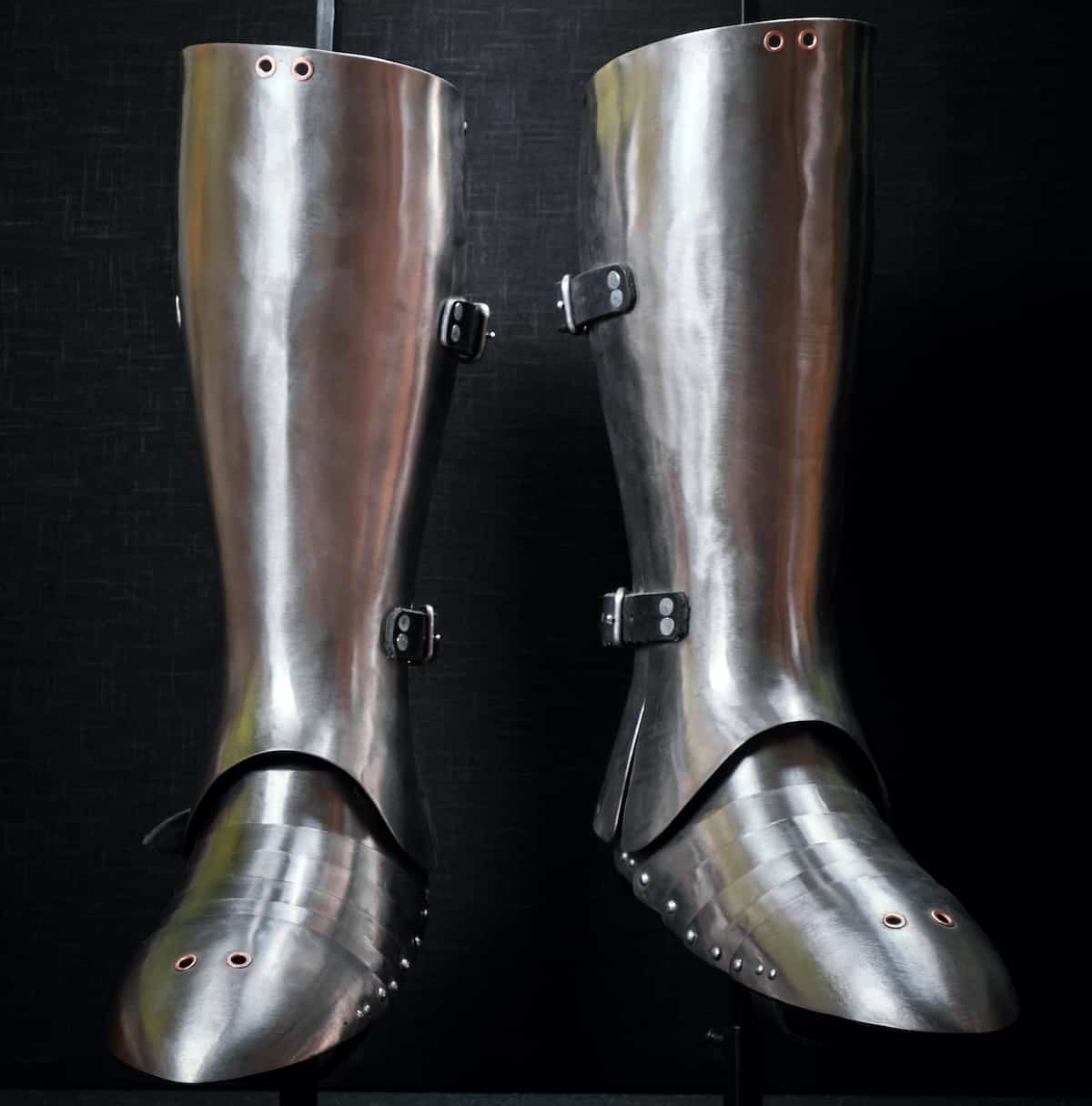 Leg Armor
Leg Armor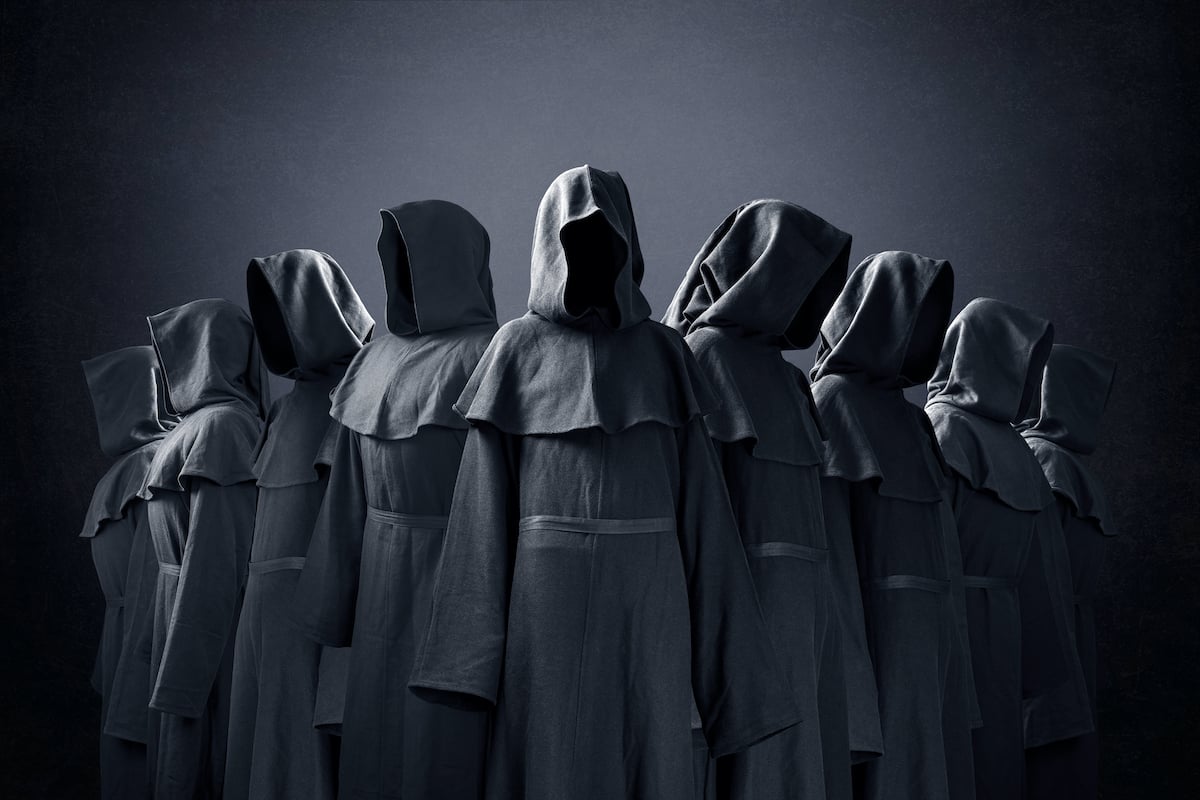 Cloaks
Cloaks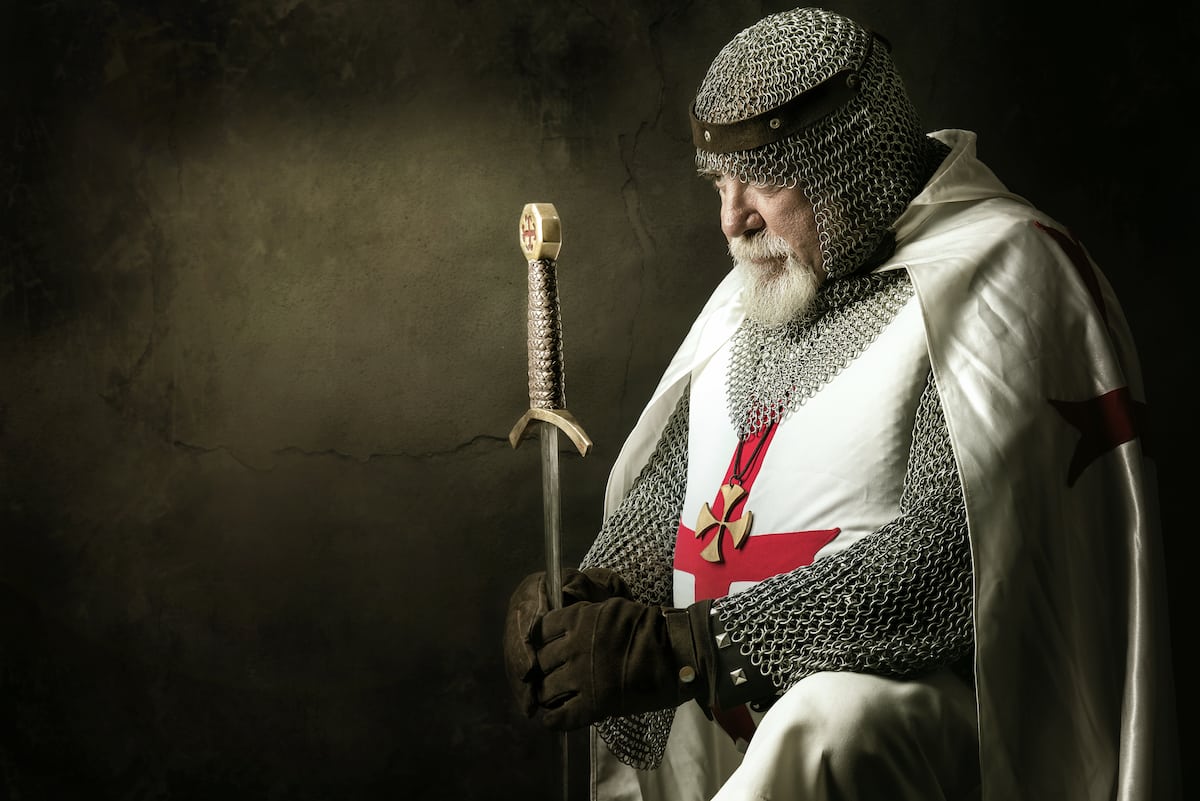 Tabards
Tabards Shirts
Shirts Tunics
Tunics Dresses
Dresses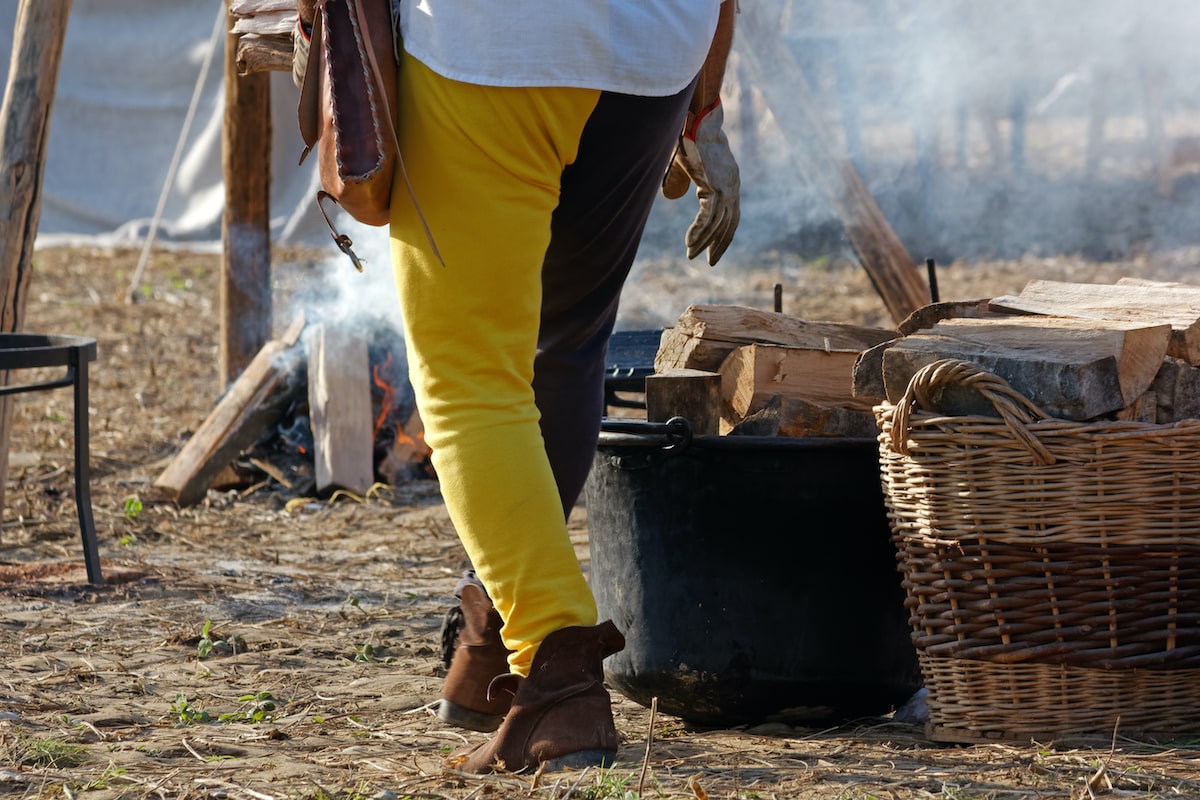 Pants
Pants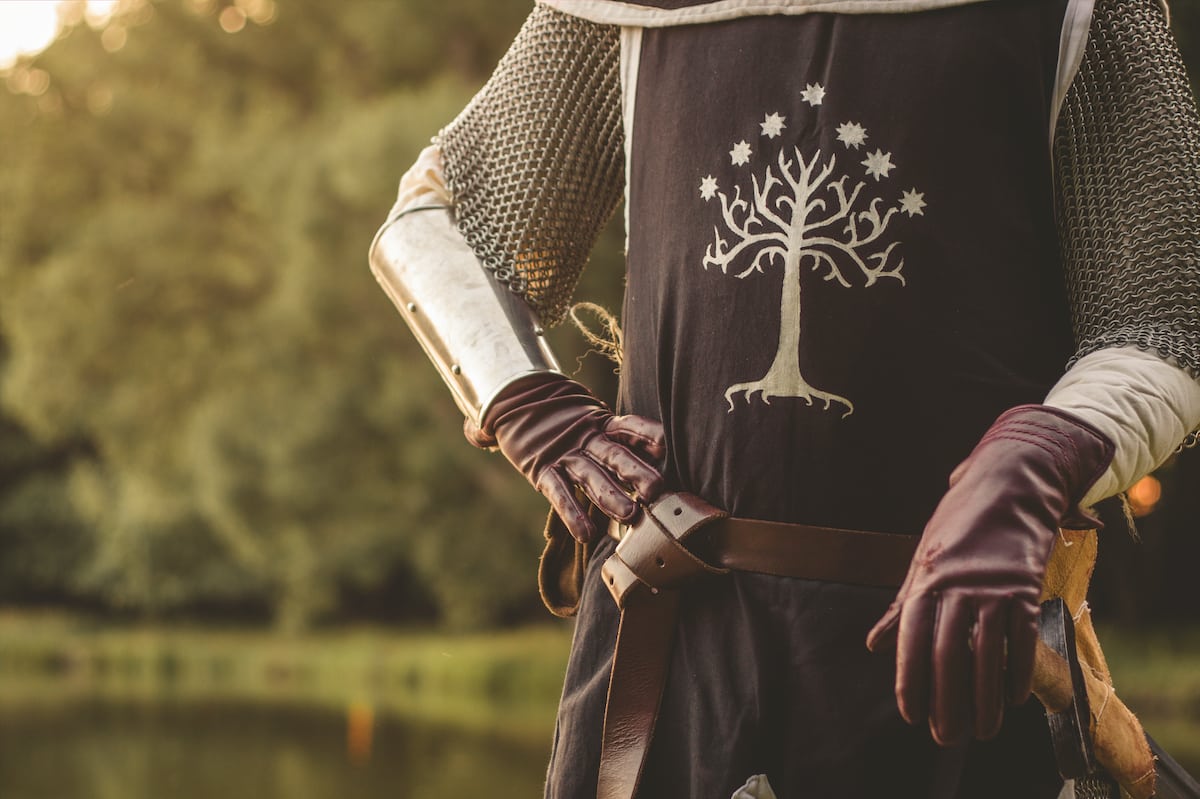 Gloves
Gloves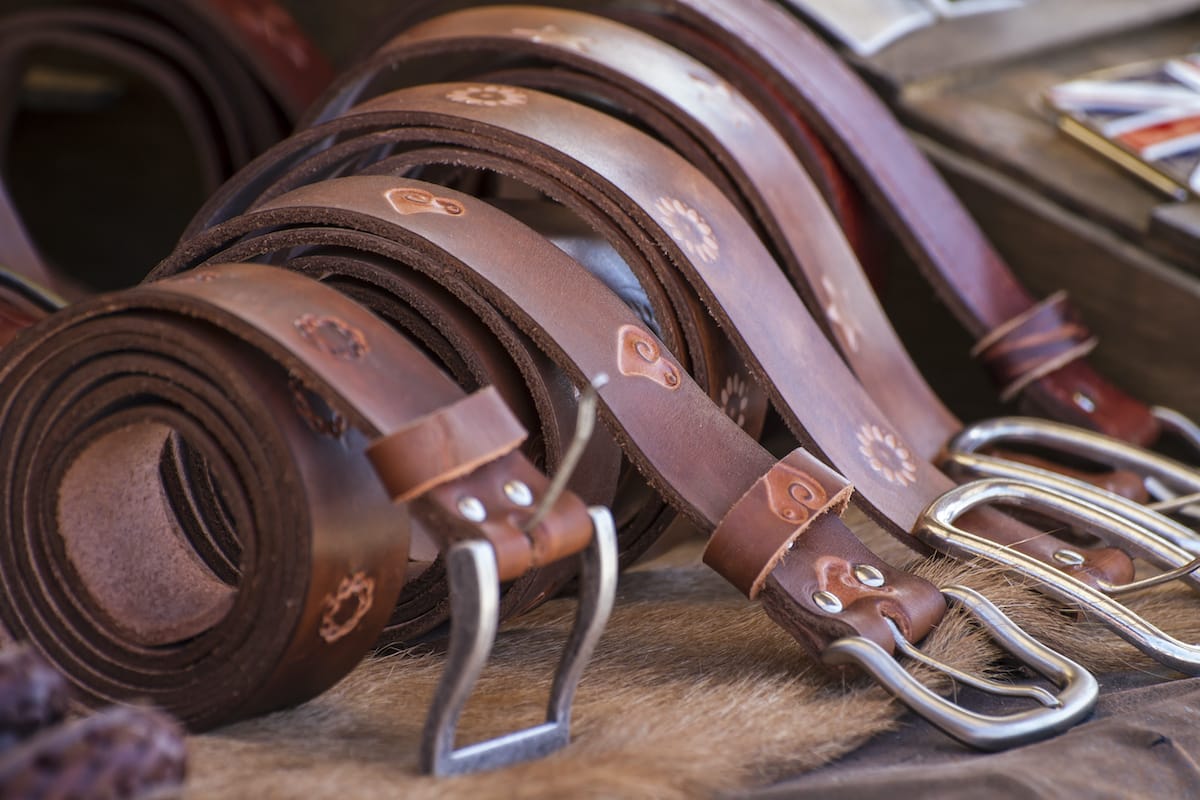 Belts
Belts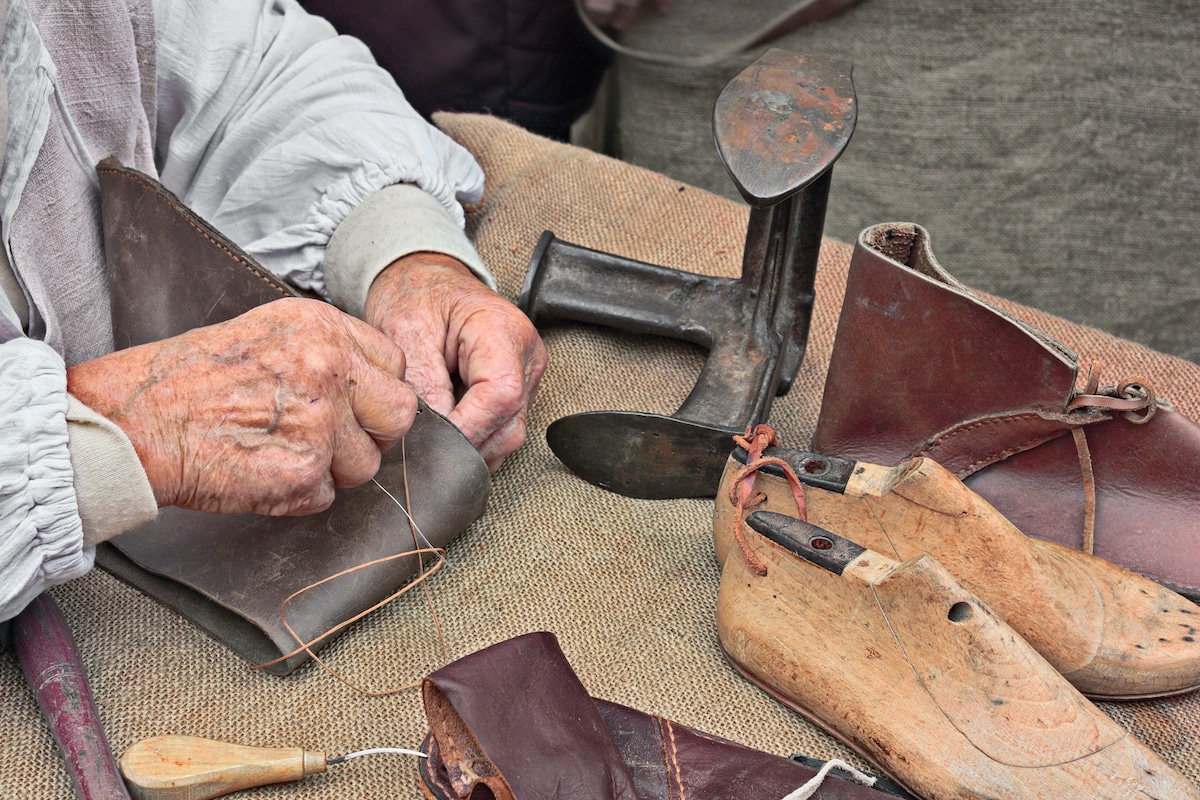 Shoes
Shoes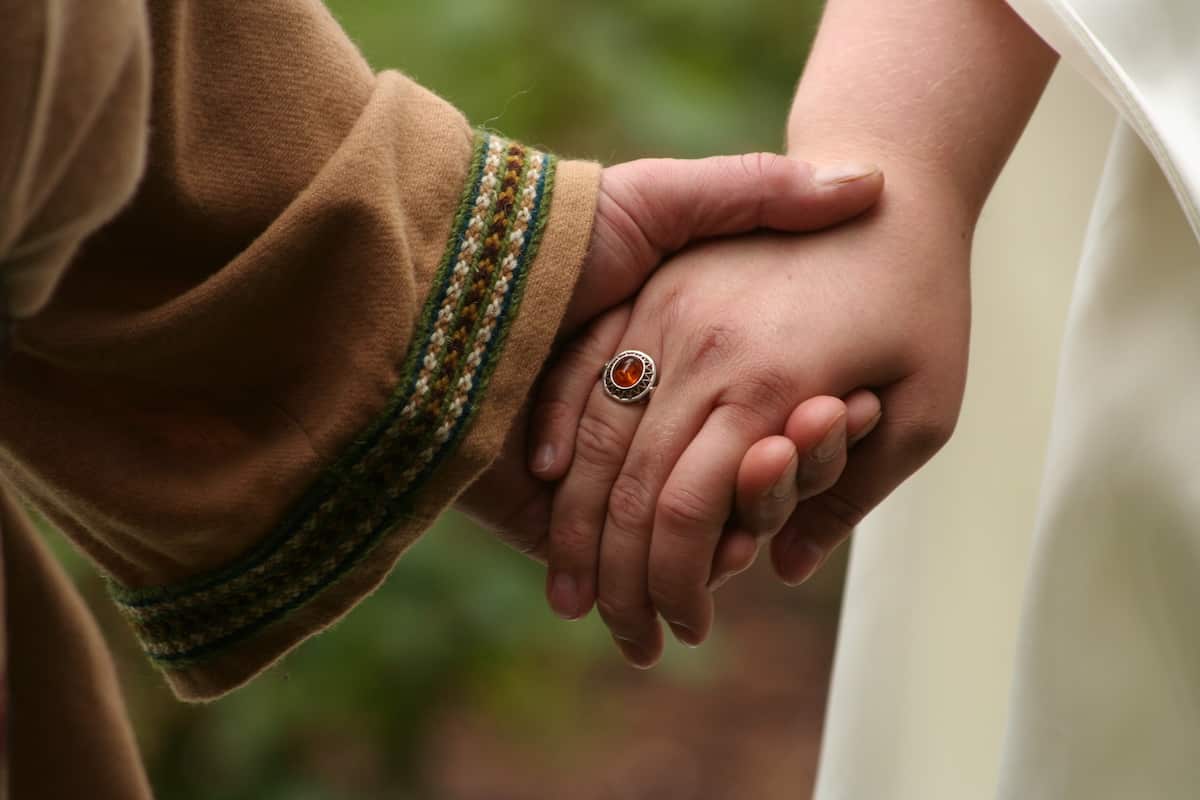 Rings
Rings Necklaces & Pendants
Necklaces & Pendants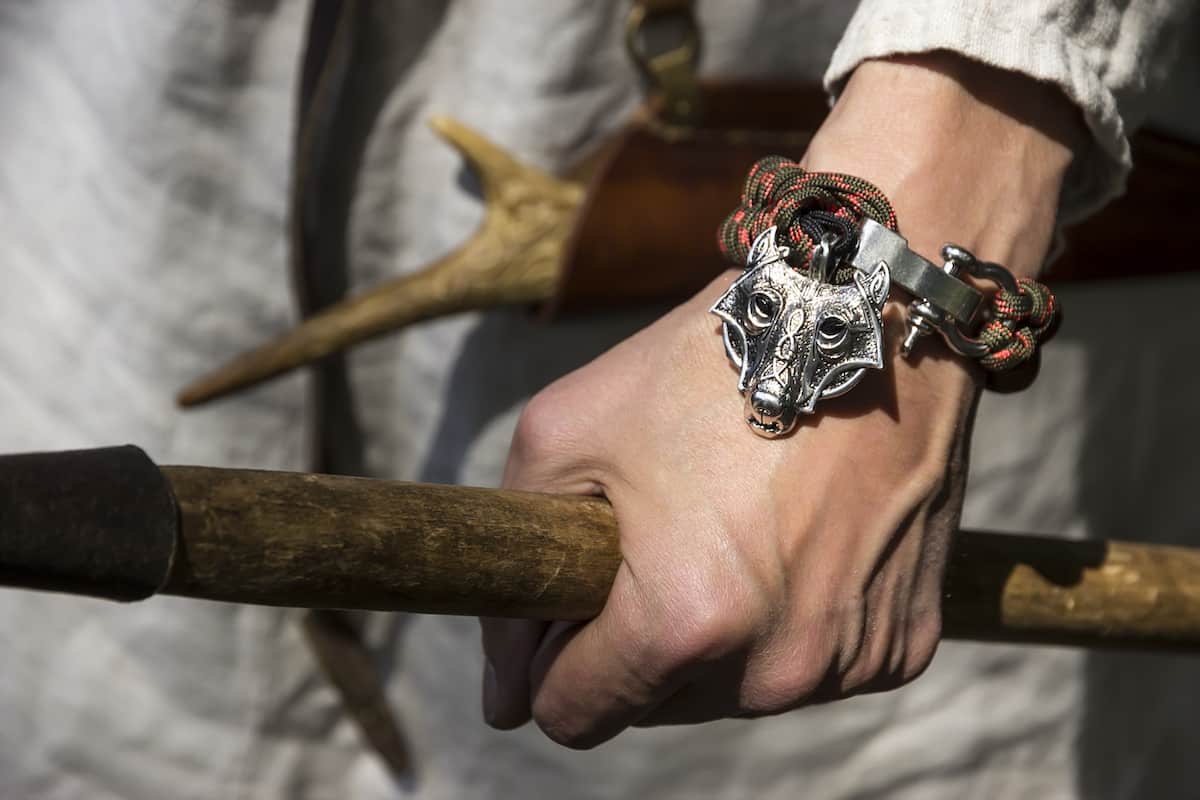 Bracelets
Bracelets